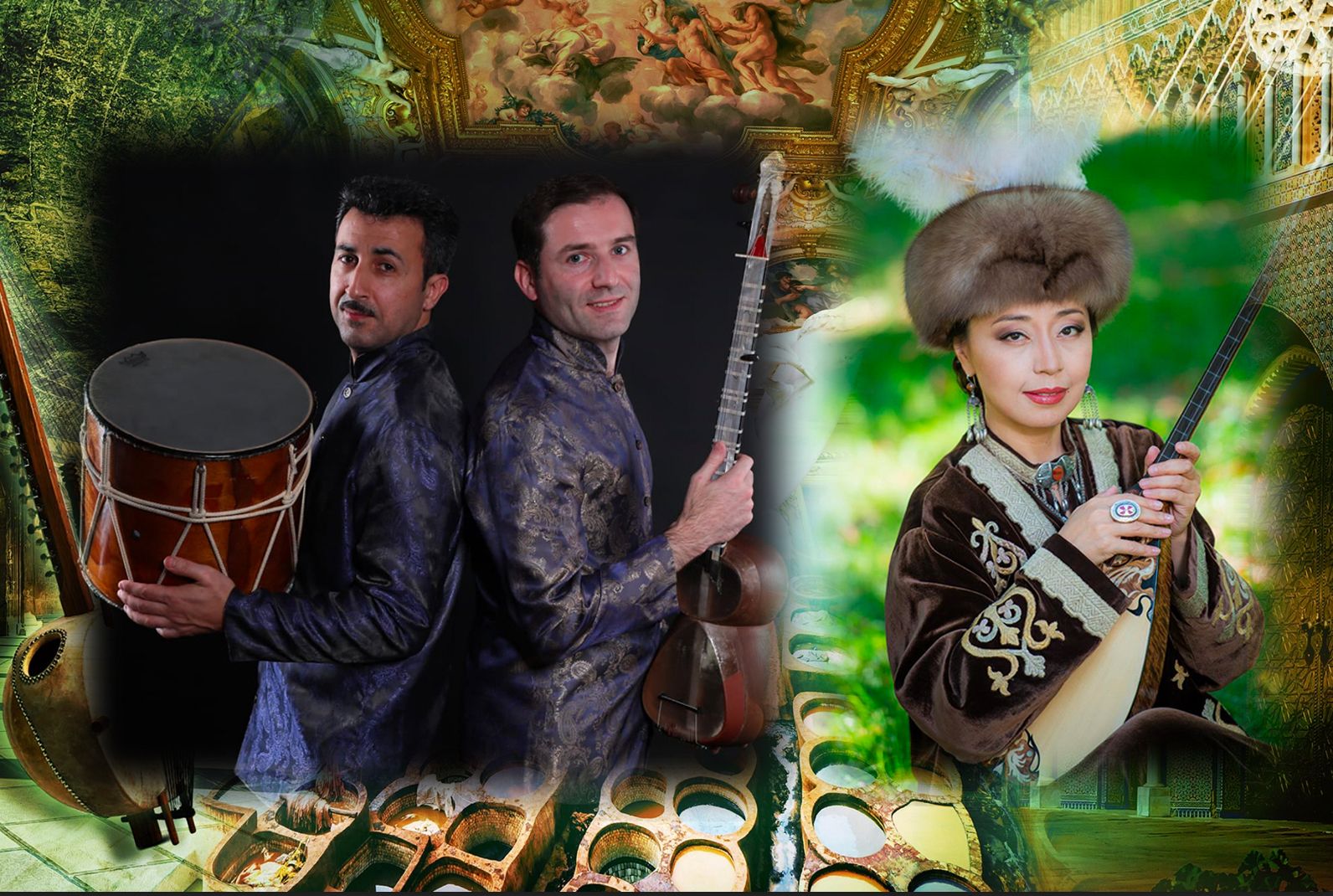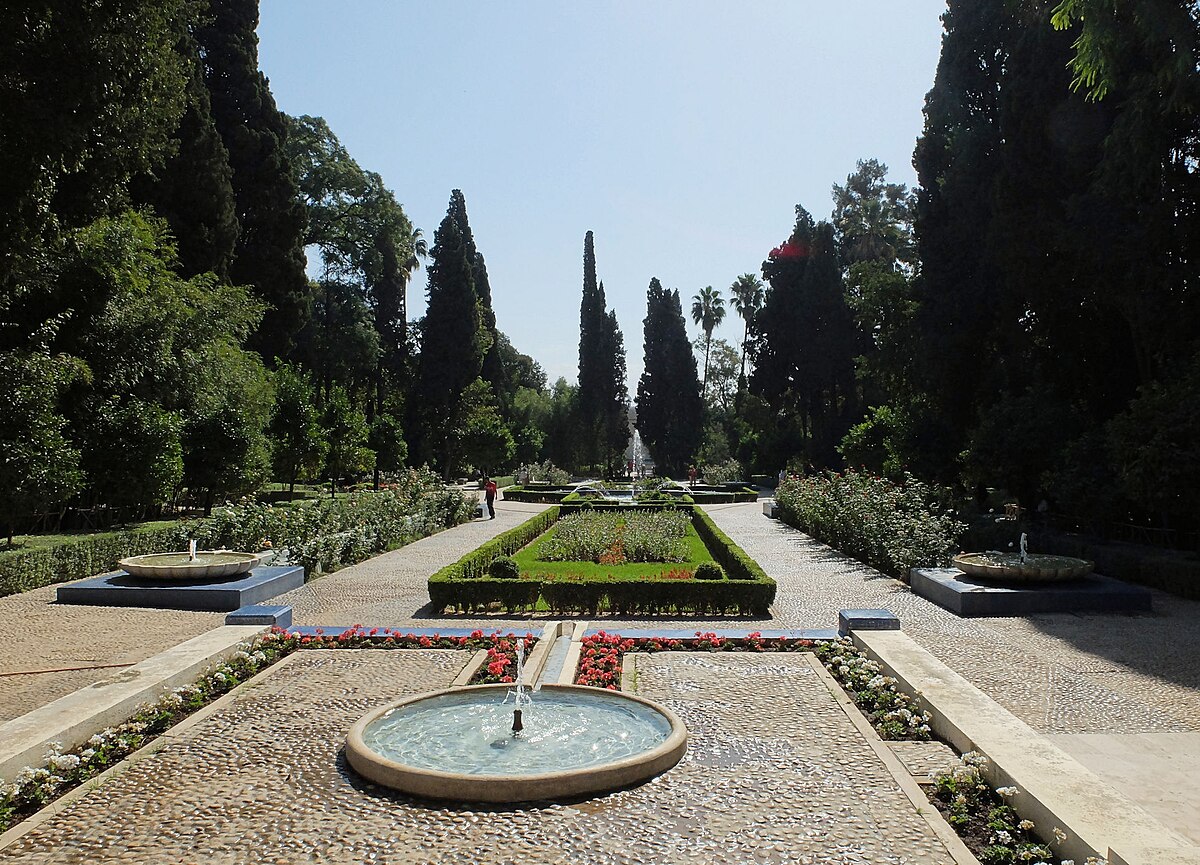
From Azerbaijani Mugham to the Kazakh Songs of the Steppes
Mugham of Azerbaijan
Sahib Pashazade, tar
Kamran Kerimov, nagara
The first notes of mugham, one of the main genres of Azerbaijani folk music, were played in ancient times. This musical art traces back to the tradition of Quranic recitation, and even earlier, to the hymns of the Avesta.
The word “mugham” means “music sent by God.” For its many admirers, it is not only a beautiful lyrical melody, but also a state of mind, a way to merge with the world, and a kind of cosmic philosophy. For the Azerbaijani people, mugham is both music, philosophy, and a form of meditation that helps reveal the spiritual foundations of human existence and has a therapeutic effect on the soul and mind.
As a musical genre, mugham took shape in Azerbaijan during the so-called “Muslim Renaissance,” attributed to the 12th and 13th centuries, when many great poets created their ghazals, and the poetry of later authors became the foundation of mugham. During this time, various mugham singing schools emerged in Baku, Shamakhi, Ganja, Nakhchivan, and Karabakh. It was Shusha, the “Conservatory of the East,” that gave rise to the world’s most renowned singers. In 2008, Azerbaijani mugham was inscribed on UNESCO’s Representative List of the Intangible Cultural Heritage of Humanity.
Songs of Kazakh Bards
Ulzhan Baibussinova, voice, dombra
Aigerim Shuster, kobyz, zhetygen
In Kazakhstan, in the heart of Central Asia, the “kazakmu” singing is a deep assertion of a long-lost nomadic world that still lives on today.
“Epic Kazakh singing, Jyraou, is compared to a purebred horse galloping, sweating, and admired by all,” says Ulzhan Baibussinova.
The ancient women poets held both warrior pride and nomadic nobility, for from hardship comes fulfillment, from simplicity: beauty.
Kazakh musical tradition is the sublime representation of nomadic life and its boundless spaces. It is embodied in the dombra, a long-necked, two-stringed lute. The uniqueness of this song, accompanied by the dombra, lies in its guttural tone that creates a connection between the zhyrau and the ancestors (aruakh). Ulzhan Baibussinova, from the Kyzylorda region in southern Kazakhstan, is one of the greatest zhyrau and among the first women to practice this art, traditionally reserved for men.
Among the Kazakhs, the kyl-kobyz (kyl meaning “horsehair,” referring to the instrument’s strings) is, in the creation myth, the first Kazakh musical instrument. It is linked to Korkyt Ata, the ancestor of all baksy (shaman-poets).
Equivalent to the Siberian shamanic drum, it serves as a receptacle for spirits, a symbolic mount, a representation of the universe. It allows the baksy to open a door to the world of the ancestors.

La 28ème édition de la music sacré aura lieu du vendredi 16 au 24 mai 2025 à Fes sous le thème " RENAISSANCES " .
Placée sous le Haut Patronage de Sa Majesté leRoi Mohammed VI, que Dieu l'assiste.
contact
Technical support and ticketing: +212 (0) 637 660 013
Vous avez des question?
besoin d'informations supplémentaire pour acheter ou sur le programme ? Notre équipe est à votre disposition pour répondre à toutes vos question.

